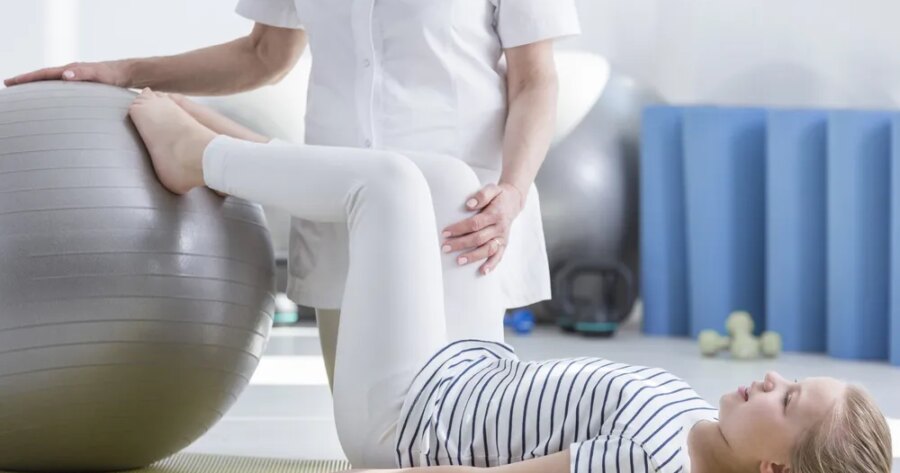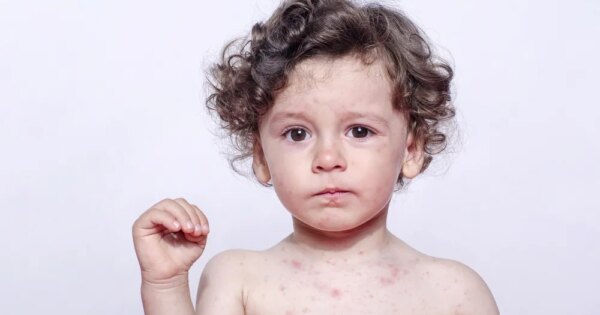It’s hard to imagine the words “juvenile” and “arthritis” in the same sentence, because the disease is usually associated with aging. However, arthritis is a reality for about 300,000-children in the U.S., according to the Arthritis Foundation.
The other keyword in this particular type of arthritis is “idiopathic,” meaning doctors don’t know exactly what the cause is, notes the source. Let’s learn 12 things about Juvenile Idiopathic Arthritis (JIA)…
1. What is Juvenile Idiopathic Arthritis?
Formerly called juvenile rheumatoid arthritis, this arthritis affects young people from infants to teenagers and is considered an autoinflammatory disease, notes the Arthritis Foundation.
This means that the patient’s own immune system is malfunctioning and causing inflammation and pain. “It becomes overactive even when there is no infection to fight, or it mistakenly attacks healthy cells and tissues,” it adds, noting “autoimmune” is a commonly associated term.
2. Signs and Symptoms of JIA
The telltale symptoms of JIA are the same with any type of arthritis – pain, stiffness, and swelling in the joints, according to Best Health magazine. Aside from the discomfort of JIA, there can be other signs to look out for, it adds.
For example, a child with arthritis may be tired more often than they should be, or have unusual difficulty with tasks such as getting dressed and even going to school. Because of possible challenges and a feeling of isolation, a child may develop signs of depression, it adds.
3. Development Can Get Out of Joint
Aside from being in pain often, JIA can affect a child’s health and development, according to WebMD. The source explains that JIA can actually speed up or slow down the natural growth process on either side of the affected joint, “causing uneven bone growth.”
Some patients with JIA will not reach their full growth potential, it adds. Factors include the age of the child when the disease started, and how many joints it affects, explains WebMD. It can also slow development of the lower jaw, causing difficulty eating and abnormal appearance.
4. Causes are Largely Unknown
As mentioned earlier, idiopathic suggests the origin of the problem is unknown. While it is known that JIA is the result of an autoimmune response, it’s not clear why the immune system behaves this way, notes the Mayo Clinic.
However, the clinic suggests that both heredity (genes) and environment “seem to play a role” in the development of JIA. “Certain gene mutations may make a person more susceptible to environmental factors – such as viruses – that may trigger the disease,” it notes.
5. There are Six Types
The Arthritis Foundation outlines the 6-different types of JIA, noting they are marked by autoinflammatory or autoimmune triggers. Systemic JIA causes inflammation in 1-or more joints and is often accompanied by a high fever, which is the lone autoinflammatory type, it adds.
The other types, all considered autoimmune, includes Oligoarticular JIA (typically affecting larger joints and possibly causing chronic eye inflammation); Polyarticular JIA (inflammation of 5-or more joints, often small ones); Juvenile psoriatic arthritis (arthritis that occurs with a skin condition called psoriasis); Enthesitis-related JIA (tenderness where bones meet tendons); or Undifferentiated arthritis (a combination of symptoms from all subtypes).
6. Complications Can Be Serious
Talking about systemic-onset JIA in particular, complications can include hemolytic anemia or macrophage activation syndrome (MAS), which is a “rare, but important” complication (that can potentially be life-threatening), explains MedScape.
Other possible problems from the other types may include permanent eye damage or blindness (oligoarticular JIA), skeletal abnormalities (polyarticular JIA), and restrictive lung disease (Enthesitis-related arthritis), adds the source.
7. Diagnosis Can Be a Challenge
KidsGetArthritisToo.org explains there can be challenges in diagnosing systemic JIA (SJIA). The reason for this is that the “key symptom,” which is arthritis, “often doesn’t show up at first.”
This may lead doctors to seek other explanations for the related symptoms such as fevers and rashes, adds the source. It notes a diagnosis of this type of arthritis actually requires a high fever for 2-weeks and pain/inflammation in 1-or more joints for at least 6-weeks. “There are no specific tests for SJIA,” it adds.
8. Treatments Can Vary
Luckily, there is some relief available for young people dealing with this condition. While there’s no cure, remission is possible with “early, aggressive treatment,” explains the Arthritis Foundation.
Treatment plans can include medications (including corticosteroids, anti-inflammatory NSAIDS and anti-rheumatic DMARDS), as well as regular exercise, eye care, and proper nutrition, notes the source. Surgery can sometimes be an option at advanced stages to help relieve pain or improve joint function, it adds.
9. Eating Your Way to Relief
JointEssential.com lists 10-tips for a JIA-friendly diet, which involves avoiding some types of food and ensuring you get others. One of the tips includes avoiding high-calorie foods that can add excess weight and strain joints and organs.
Other suggestions from the source include taking iron supplements (or eating iron-rich foods such as leafy greens, baked beans, nuts, eggs and cereal) because of a drop in red blood cell production; adopting a gluten-free diet; increase in antioxidants (present in fruits and vegetables); and taking fish-oil supplements for the Omega-3 fatty acids that studies have shown to improve juvenile arthritis symptoms.
10. Keep Moving in Water or on Land
The National Center for Biotechnology Information, U.S. National Library of Medicine posted recommendations for physical activity that children with JIA can partake in, noting kids with the condition can partake in aquatic or land-based exercise programs (including sports) “without disease exacerbation.”
However, it notes that patients shouldn’t push their limits beyond pain tolerance, and get screened ahead of time before partaking in any contact sports. Aquatic exercise may be more suitable for some to allow for more range of motion and less stress on joints.
11. Keep Emotional Care in Mind
As we mentioned earlier, kids with JIA may develop some mood issues due to being limited or being isolated from friends that are engaging in play without them. Sometimes, activities kids with JIA are looking forward to could get cancelled due to a flare-up.
ScienceDirect.com posted the abstract of a study that examines the relationship between “depression, disease activity and physical function” in JIA patients, noting, “There is a need for a multi-disciplinary and holistic approach to children with arthritis which considers both physical and emotional functioning.” Coping strategies in children are not as developed as in adults, so family support is particularly important, it adds.
12. Exercise as Therapy
While it may seem counterintuitive for a child who is suffering some discomfort from JIA to exercise, sitting around definitely won’t improve the condition – in fact, it might make it worse.
WebMD suggests some therapeutic stretching and strengthening exercises to keep the symptoms at bay. Parents or a physical therapist will need to guide infants and toddlers through stretching routines, while older kids can complete the routines themselves. “This type of exercise should be done even when a child has acute inflammation and pain, as it is essential to help prevent joint contractures,” it adds.



